Fentanyl shows up in more drugs than people realize. Even a tiny amount can be deadly. If you’re using substances or care about someone who is, you need to know how to use fentanyl test strips effectively. These strips can help you check for fentanyl before taking anything. They’re simple, fast, and could save a life. Many people don’t get clear instructions, so they end up using them wrong or skipping them altogether. We’ll break it down step-by-step, with no confusion. You’ll also learn what to do if a test comes back positive. If you’re thinking about stopping drug use altogether, there are detox centers in WV that can help with the next step. But for now, the goal is simple—stay alive and stay informed. Here’s what you need to know.
Why Fentanyl Test Strips Are a Lifesaving Tool
Fentanyl test strips aren’t just helpful—they save lives. This drug is often mixed into pills or powders without warning. People don’t know it’s there until it’s too late. Learning how to use fentanyl test strips effectively gives you a way to stop and check. That small pause can prevent an overdose. It’s one of the only tools you can use right now, on your own. That’s what makes it so powerful.
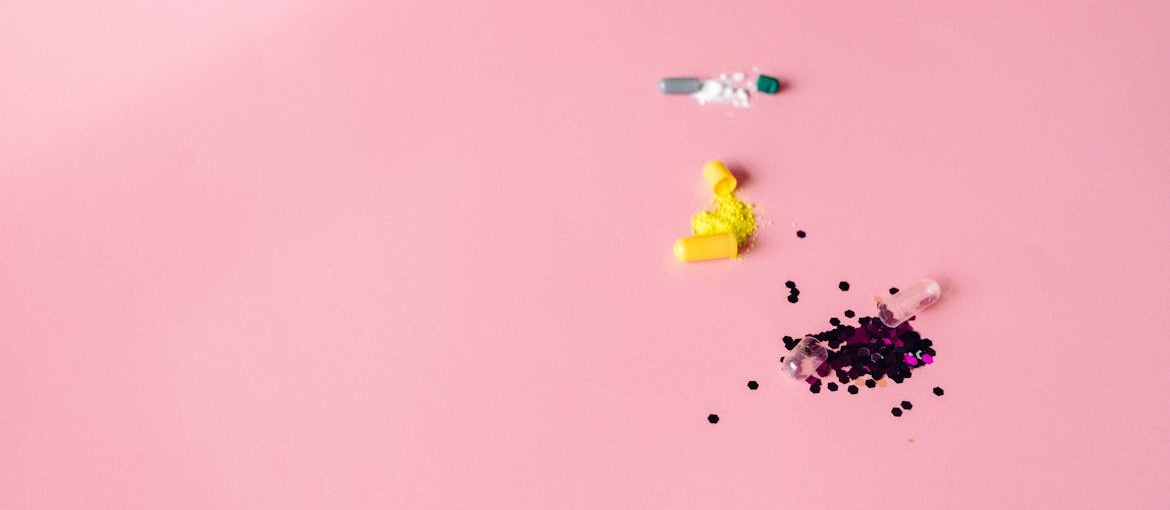
Every person who uses drugs deserves a chance to stay safe. For those in recovery, using strips can also stop a relapse from turning fatal. Many fentanyl rehab centers now include harm reduction as part of their programs. Using strips doesn’t mean you’re giving up—it means you’re trying to stay alive. And that’s worth everything. Use them every time.
Where to Get Fentanyl Test Strips
You can get test strips online, in stores, or through local programs. Many community health groups give them out for free. If you’re not sure where to start, ask a harm reduction group near you. Some places offer mail-order kits. You may be wondering, does FMLA cover rehab if you’re ready for help. In many cases, yes—but check with your employer or provider. Either way, start here:
- Pharmacies: Some carry strips on the shelf or online.
- Needle exchange programs: These often hand out free strips.
- Outreach groups: Local harm reduction teams may deliver or ship.
- Community clinics: Ask about safe use kits or fentanyl strips.
- Recovery support groups: Some provide strips for people in early recovery.
- Online stores: Look for brands with clear instructions and good reviews.
How to Use Fentanyl Test Strips Effectively
Fentanyl test strips can seem confusing at first, but once you learn the steps, they’re simple to use. Many people ask, do people actually use fentanyl test strips? Yes—they do. It can save lives. Below is a clear breakdown of each step. You’ll learn how to use a fentanyl test strip, what to look for, and how to read the results. If this is your first time, don’t worry—we’ll walk you through it.
Step 1 – Prepare a Small Sample of the Drug
Start by taking a small amount of the substance you want to test. You don’t need to use much—just a tiny piece or a few crumbs will do. The goal is to check for fentanyl without wasting your supply. This step matters, especially if you’re unsure about what the drug is mixed with. Some people crush pills or scrape powders from a baggie or surface.
Use a clean container like a small cap or cup. You’re not using this drug now—you’re testing it first. That’s the whole point. Knowing how to use test strips starts with having something ready to test. You’ll use this sample in the next steps. This part is quick but important. Always test before using, and never skip this step. It could save your life.
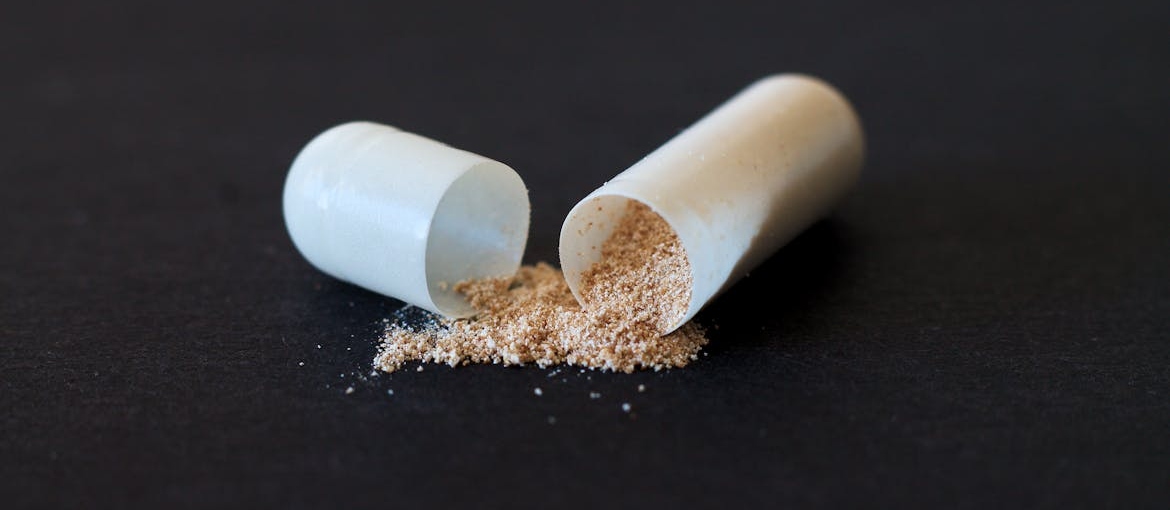
Step 2 – Add Water and Mix Thoroughly
Now take clean water—preferably bottled or filtered—and mix it with the sample. Use about one teaspoon. Stir it gently with something clean, like a cotton swab or the corner of a card. You want the drug to fully dissolve in the water. This helps the test strip detect any fentanyl that may be present. Don’t rush this part. If the sample isn’t mixed well, the test might not work right.
Learning how to use rapid response fentanyl test strips includes doing this step with care. Avoid using dirty water or tap water if you can. It’s not about being fancy—it’s about staying safe. Even if you’re in a rush, take a few extra seconds to do it right. The test can only work if the water touches enough of the drug.
Step 3 – Dip the Strip and Wait for Results
Take the test strip and dip the end with the arrows into the water. Hold it there for 15 seconds. Don’t dip it too deep—just past the line marked on the strip. After 15 seconds, take it out and lay it flat on a clean surface. Wait two full minutes for results to appear. This is the same process you’d follow if you’re wondering how to use fentanyl test strip in general.
If you’re staying at a rehab center Fairmont WV offers, staff may walk you through it. Look for the lines on the strip after waiting. We’ll explain the meaning next. Timing matters here, so don’t rush. Wait the full two minutes and don’t touch the strip while it’s processing. Testing right could save you from a dangerous dose of fentanyl.
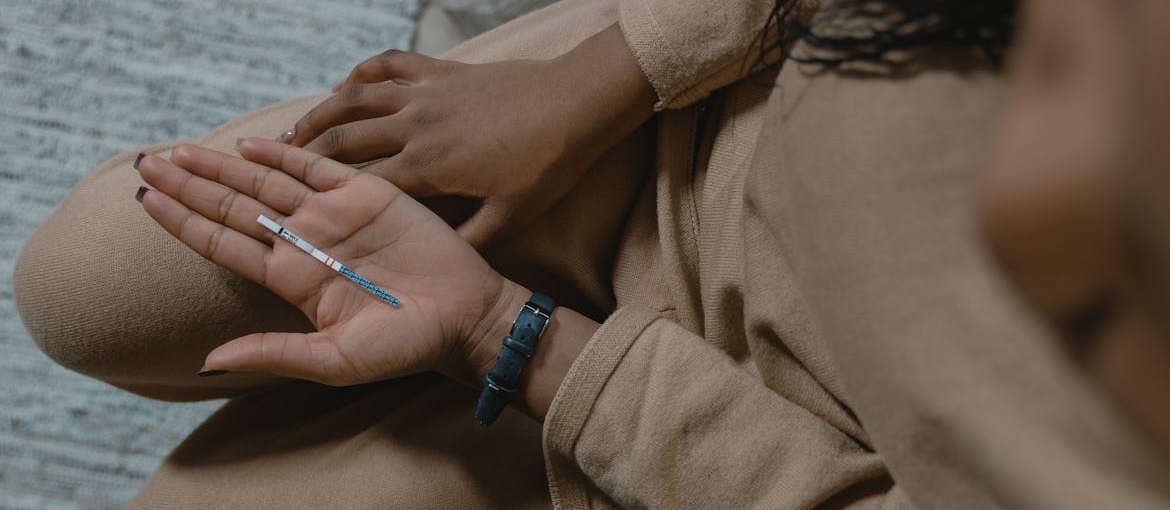
Step 4 – Read and Understand the Lines
Reading the strip is easy once you know what the lines mean. Two lines mean negative—no fentanyl found. One line means positive—fentanyl is likely present. The second line may be faint, but if it’s there, count it. This is how to read fentanyl test results properly. If you’re unsure, don’t use the substance. It’s not worth the risk. Some people throw away strips too fast. Wait the full two minutes.
The lines may not appear instantly. A blank strip (no lines) means it didn’t work. You’ll need to test again. If you’re asking how to use a drug test strip, this step is key. Learning how to use fentanyl test strips effectively includes knowing how to read the results and act on them. Don’t second-guess—play it safe every time.
Step 5 – Take Action Based on the Result
If your test shows fentanyl, stop and think. Don’t assume you can handle it. Fentanyl is extremely strong, and even a small amount can kill. This is where you take action. Toss the drug or choose to use with caution. Use with others around. Have naloxone ready. This is what makes how to use a fentanyl test strip worth learning in the first place. Some people take it a step further and get help.
If you’ve been using more often or can’t stop, reach out. A stimulants addiction rehab center can help if you’re also using other substances. You don’t have to decide everything now. But do one thing: test every time. The goal isn’t judgment—it’s staying alive. That’s the whole reason you learned fentanyl test strips how to use in the first place.
The Role of Fentanyl Test Strips in Addiction Recovery
Recovery looks different for everyone. Some people quit cold turkey. Others take small steps. Fentanyl test strips help people stay alive while they figure things out. That matters—because fentanyl dangers are real and growing. Strips offer time. They let you test before using, reduce overdose risk, and give you more control. It’s not about giving permission to use. It’s about reducing harm while staying connected to hope. How to use fentanyl test strips effectively matters at every stage—early use, relapse, or recovery. Here’s how they can support the process:
- Prevent relapse deaths: They stop a single slip from becoming fatal.
- Build trust: They open honest talks about use and safety.
- Support gradual change: Not everyone quits overnight.
- Encourage safety: Strips show someone still values their life.
- Keep users engaged: They stay connected to care, not isolated.
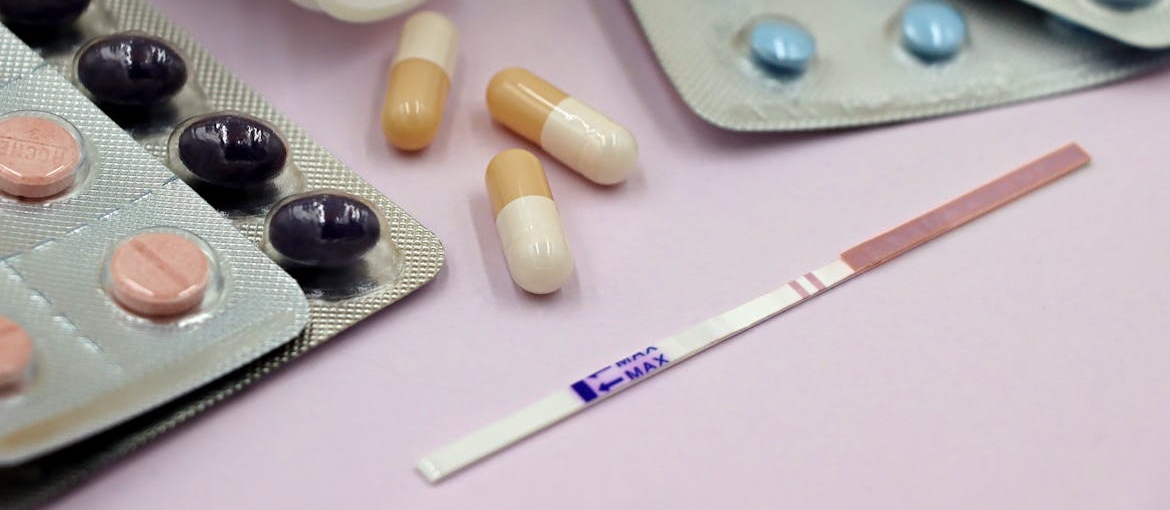
What to Do If the Test Detects Fentanyl
Testing positive for fentanyl doesn’t mean you failed. It means the strip worked. It gave you a warning before it was too late. That’s why learning how to use fentanyl test strips effectively matters so much. Now that you have the result, it’s time to think clearly. You have options. You can lower the risk, call for help, or rethink your next step. Here’s what to do when the test shows danger.
Use Harm Reduction Strategies Immediately
If your strip shows fentanyl, don’t panic. Take a moment and make a safer choice. This is your chance to reduce the risk. One important step is to go slow or decide not to use at all. Fentanyl is strong and can overpower your body fast. If you choose to use, start with a tiny dose and wait before using more. Don’t mix it with other drugs or alcohol.
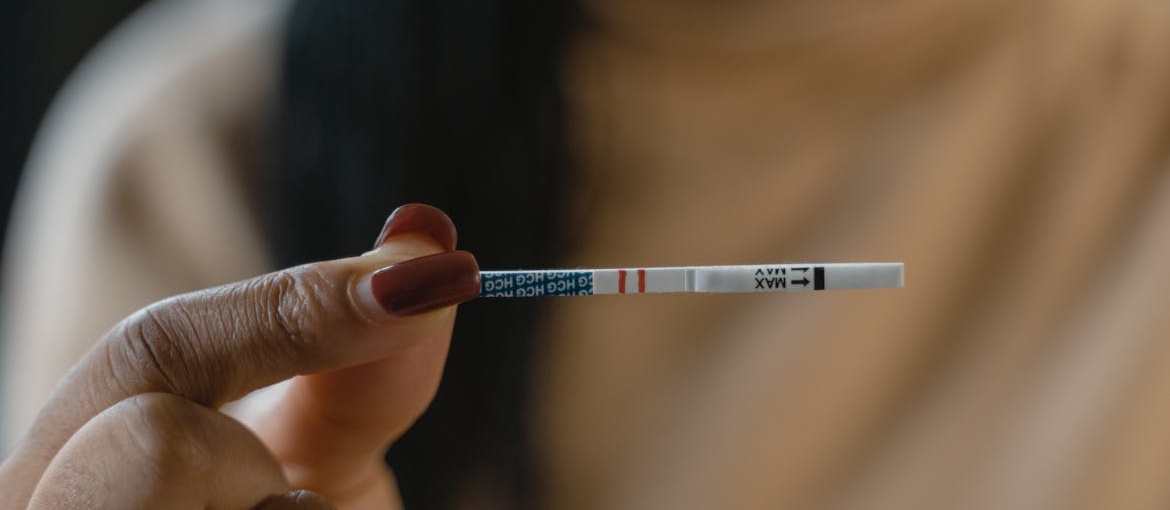
That increases the danger. Test every batch, even if it’s from the same source. Harm reduction isn’t about shame—it’s about staying alive. Some people also find it helpful to talk to someone they trust. Others turn to tools like holistic therapy for addiction to get more support. You don’t have to figure it all out today. Just stay safe right now. That’s enough.
Don’t Use Alone and Keep Naloxone Nearby
If you test positive for fentanyl and still plan to use, take these steps to reduce the chance of overdose:
- Use with someone you trust who can call for help.
- Keep naloxone (nasal spray) close and know how to use it.
- Take a very small amount first to see how it affects you.
- Avoid mixing with other drugs, especially alcohol or benzos.
- Use slow-release methods when possible.
- Let someone know where you are and what you’re taking.
Consider Professional Support or Treatment
If you’re starting to test more often, use more often, or feel stuck, it may be time to reach out. You don’t need to figure it all out alone. There are people who care and programs that actually help. Many users worry they’ll be judged or forced into something. That’s not the case. Today’s programs look different. Many offer flexible support, even for those still using.
If you’re young and unsure what to do next, a drug rehab for young adults might be a good fit. They focus on real-life needs, not just lectures. If you’ve been thinking about a change, take one small step today. Ask questions. Look up a local program. You’re not alone, and things don’t have to stay the same. It’s okay to need help. You deserve it.

Tips for Accurate Test Results
Getting a false result can put you at risk, so take your time when using strips. Follow the directions carefully. Clean water, the right sample size, and enough wait time make all the difference. Learning how to use fentanyl test strips effectively includes learning how to get a correct answer. Even small mistakes can change the outcome. Use a timer if needed. These tips will help make sure the strip works as it should:
- Use clean water: Dirty water can mess up the results.
- Mix thoroughly: Don’t rush—mix the sample fully in water.
- Dip the strip properly: Only the marked end should touch the water.
- Wait two full minutes: Don’t read too early or too late.
- Use a flat surface: Lay the strip flat and don’t move it.
What to Remember Moving Forward
If you’ve made it this far, you care about safety—yours or someone else’s. Knowing how to use fentanyl test strips effectively gives you real power. It’s a small step that can make a big difference. These strips aren’t perfect, but they’re better than guessing. Use them every time. Share them. Talk about them. If a test shows fentanyl, don’t ignore it. Take that seriously. Stay with others, carry naloxone, and don’t use alone. If you’re ready to stop using, help is out there. You don’t have to do it all at once. Start small. Stay alive. Do what you can today. You’re not alone, and this isn’t the end of your story. Keep learning, keep asking questions, and keep yourself as safe as possible—one choice at a time.



